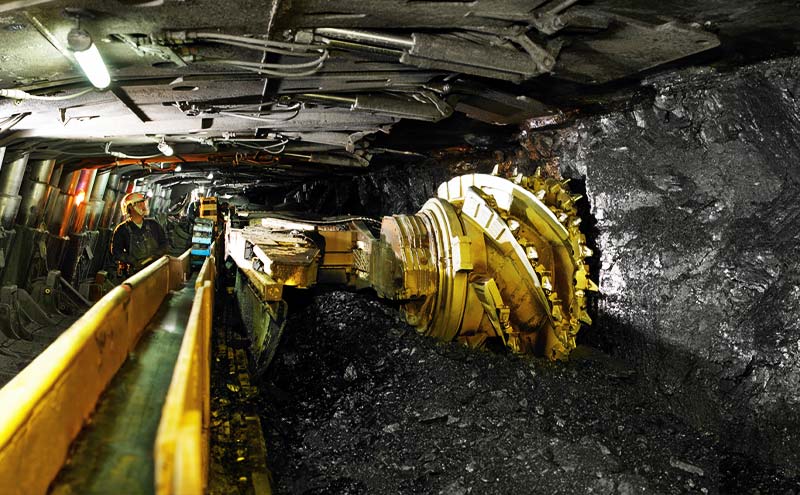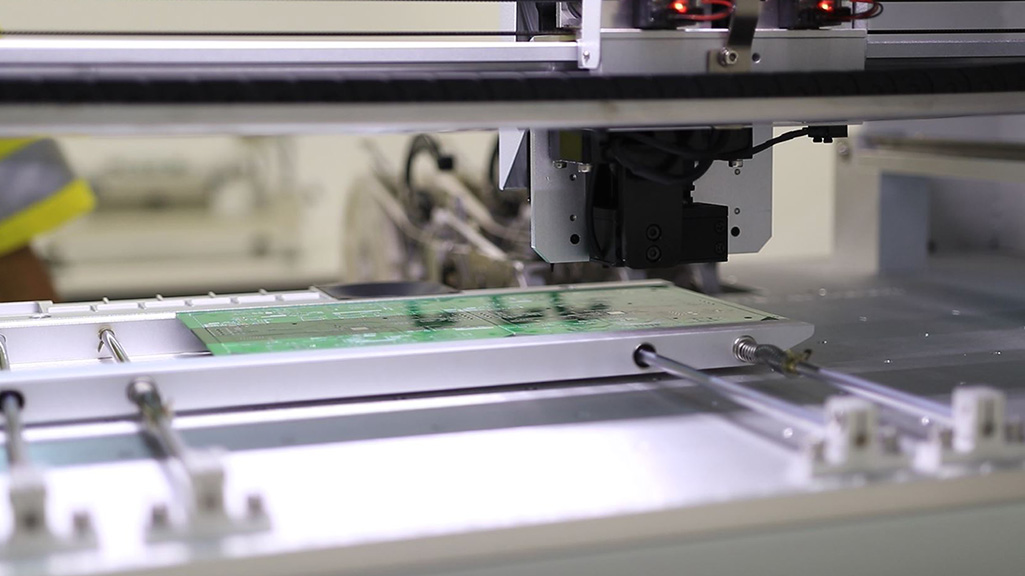Written by Iain Anderson, General Manager of Çayeli Bakir.
In comparison to metal mines, the need for a coal mine refuge chamber has long been debated. Coal mines have significant quantities of fuel that can burn for days, so perhaps the rescue and evacuation strategies should be different. On the 13th May 2014, an accident occurred at an underground mine in Soma, resulting in the tragic deaths of 301 courageous miners. Following this terrible event, there have been numerous discussions regarding regulation amendments and the mandatory requirement to have Refuge Stations installed in all underground mining and tunnelling environments in Turkey.
Çayeli Bakir operates an underground mine in Rize and has 10 certified mine refuges throughout our mine. Çayeli Bakir is frequently asked to comment on the ‘applicability of underground refuges in coal mines’. Although the team at Çayeli Bakir do not have significant coal mining experience, we do have some operational knowledge of safety and emergency response that may contribute to an informed discussion on the relevance of safe refuge in coal mines. This article represents our response based on experience, some research and sound logic.
The risk of fire occurring and toxic gases travelling rapidly exists in all underground mining and construction environments. Gases such as carbon monoxide and carbon dioxide can easily travel hundreds of meters from the source of the fire quickly, filling up a mine or tunnel.
Fire in an underground environment, therefore, has the potential to result in very toxic and tragic circumstances for our personnel working underground. The risks will differ from worksite to worksite depending upon the design of the underground environment, ventilation and, importantly, the available fuel for a fire.
In comparison to metal mines, coal mines have significant quantities of fuel that can burn for days, so perhaps the rescue and evacuation strategies should be different.
Refuge chambers are safe havens where personnel can go in the event of a fire or fall of ground and seal themselves inside, effectively isolating themselves from the hazards outside within a safe and secure environment with adequate air supply. Most professional entities operating in an underground environment will invest a lot of time and energy in preventing underground fires from occurring in the first instance, and this remains the best defence to avoid personnel from being exposed to harmful and toxic gases. At Çayeli Bakir, for example, the majority of our hydraulic mobile equipment is fitted with fire suppression equipment so that a small fire can easily be extinguished automatically by the operator at the press of a button. Even with the best preparation, there is still a risk that a major fire can occur, so Çayeli Bakir has also invested in its emergency response capability. It is mandatory for all personnel to carry a self-rescue breathing apparatus while underground, and we have 10 certified refuge chambers located throughout our mine, as well as a fully equipped search and rescue team.
Çayeli Bakir’s approach is that in the event of an emergency, all personnel must adorn their self-breathing apparatus and gather at the nearest underground refuge station, which should take less than 15 minutes to reach. There are several reasons why we prefer to collect everyone in a refuge chamber instead of having them walk to the surface using their self-rescue breathing apparatus. In an emergency condition, miners may become disoriented and unknowingly walk into a hazardous situation. A mine like Çayeli Bakir has many kilometres of tunnels, and it is difficult to conduct search and rescue efforts unless you know exactly where miners will gather. This is an appropriate strategy for a mine like Çayeli Bakir, where the fuel loads are low, and a fire will burn itself out in a few hours. The best practice is to wait it out in a refuge chamber until the air quality in the underground can be restored or until they are rescued by one of our search and rescue teams.
Logically, the fuel loads in coal mines are significantly higher than in a metal mine, and as such, a fire can burn for weeks or even months. Sometimes the only way to effectively extinguish a coal fire is to seal the mine completely. Rather than utilising refuge chambers, some experienced coal miners argue that the best rescue and evacuation strategy is for the miners to walk to the surface using their own self-rescue breathing apparatus, utilising change over stations along the evacuation route.
At the Sago coal mine disaster in 2006, 13 miners became trapped by a fall of ground after a methane gas explosion. Subsequent research by regulatory authorities in the United States MSHA and NIOSH concluded that refuge chambers were “vital” to ensure that those unable to escape due to blocked escape-ways, smoke or injuries, had another means of safe refuge and a second chance at survival.
In a detailed study involving all major mining incidents in the US between 1970 and 2006, NIOSH determined that “refuge stations (chambers) would have had a positive impact on the outcomes of 12 disasters or 32 per cent. The total number of miners that would have been positively impacted was 83 (19 per cent) of the 429 underground and impacted (miners) by these accidents. A total of 74 (29 per cent) of the 252 fatalities would have been positively impacted and potentially would have survived the accident”.
There is strong evidence to support the use of refuge chambers in every underground working environment, including coal mines.
Çayeli Bakir’s supplier of refuge chambers[MineARC] does produce a model suitable for coal mines, and interestingly, they also manufacture refuge chambers for chemical plants and forest fires. The fact is, regardless of your rescue and evacuation strategy, whether it is best to immediately evacuate the mine using self-rescue breathing apparatus or to assemble your employees quickly at a safe refuge, the mandatory use of refuge chambers in the underground can save lives.
Underground mine refuge chambers are mandatory in the United States, China, Canada and various other countries. Sadly the debate on whether refuge chambers should be used in coal mines continues in several regions, including Australia.
Cayeli Bakir (CBI) is one of the safest mining operations in Turkey, rating highly with other mining operations around the world.
Iain Anderson, General Manager, is responsible for implementing First Quantum Minerals strategy and objectives in Turkey and is also a member of Cayeli Bakir’s board of directors. Drawing on a professional career that extends over 25 years, Iain has worked in various mining-related roles across Turkey.
References
Turkey Mandates the Use of Underground Refuge Chambers. As changes come into place for underground hard rock mining in Turkey in 2018, it is important to look at what these changes are and why they are being implemented. Continue reading.
From Sago to Soma: How Turkey Can Avoid the Mistakes of the United States The Turkish mining industry would benefit from looking at the events that followed on from the Sago coal mine disaster in the US in 2006… Continue reading.






